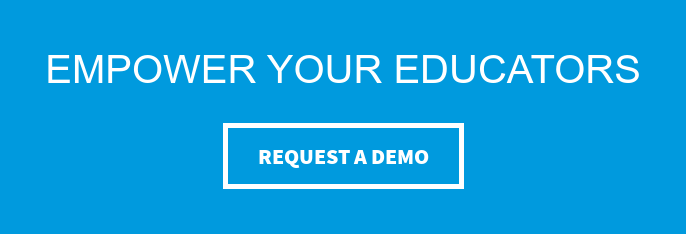Teachers and parents are becoming increasingly concerned about violence and natural disasters, and schools are spending billions of dollars on security in order to protect staff and students. But just how effective is your school's emergency response plan? Here are some tips for optimizing your safety protocol in and out of the classroom.
1. Review Your Evacuation Plans
 In the event of a natural disaster or emergency, teachers will have mere seconds to take action. An effective evacuation plan, therefore, could save lives. Review your evacuation protocols on a regular basis: Teachers and students should be able to leave classrooms in an orderly fashion in just a few minutes and congregate in a safe meeting place.
In the event of a natural disaster or emergency, teachers will have mere seconds to take action. An effective evacuation plan, therefore, could save lives. Review your evacuation protocols on a regular basis: Teachers and students should be able to leave classrooms in an orderly fashion in just a few minutes and congregate in a safe meeting place.
Posting your school emergency plan on a noticeboard just won't cut it. Make sure your staff understands the relevant safety protocols so they can act accordingly in an emergency situation. Training your employees to prepare for an emergency might sound expensive, but it will provide you with a return on your investment.
"In addition to establishing a plan, schools should provide adequate preparation for their core response team," says the California Department of Public Health. "The team not only plans what to do when a crisis occurs, but it also ensures that staff and students know how to behave. Students and staff feel secure because there is a well-conceived plan and everyone understands what to do or whom to ask for instructions."
2. Improve Communication
Improving communication between teachers and administration will increase safety significantly. Still, some teachers don't have as many opportunities to communicate with senior members of staff as they would like.
The latest technology, however, could provide these teachers with a solution. Badge Messenger® is a new messaging and alert system that improves communication between teachers and their colleagues. School staff can use the two-way messenger in an emergency situation and call for assistance. Teachers and their colleagues can wear the messaging system on the reverse side of their I.D. badges.
3. Practice Disaster Drills
Disaster drills let teachers and students know what to expect in an emergency situation. Although these drills take up valuable learning time, they are essential for safety preparedness. Safety drills also let you assess potential risks and hazards so you can fine-tune your school emergency procedures.
Don't just have a drill for the sake of it. Make sure teachers and students gain valuable insights from this practice — for example, how to act in a natural emergency. As a general rule, organize a disaster drill once a month in order to improve classroom emergency procedures.
"After the emergency drill is over, conduct an evaluation," says Preparedness Mama. "How did your plan work? What took you by surprise? Discuss the conditions you were not able to simulate, so everyone is aware and prepared for them in a real disaster. What changes do you need to make to your emergency plan?"
More than a fifth of school districts in the United States lacks a comprehensive emergency preparedness plan to respond to natural disasters and other emergencies, according to one study. Make sure you are ready for an emergency. Follow the three steps on this list and enhance your safety protocols.
Request a Demo
Need a messaging system that improves communication in an emergency? Request your Badge Messenger demo.
